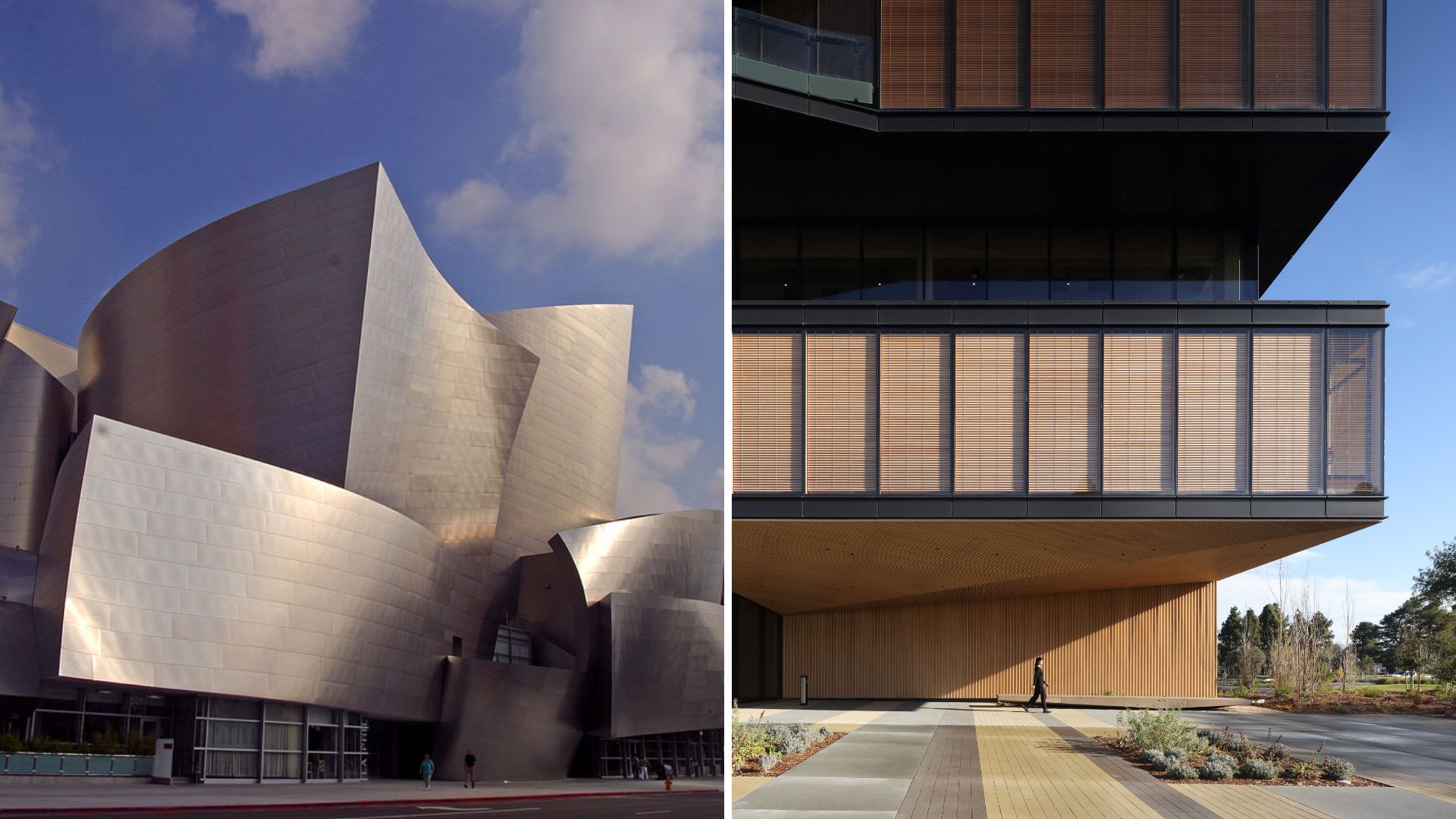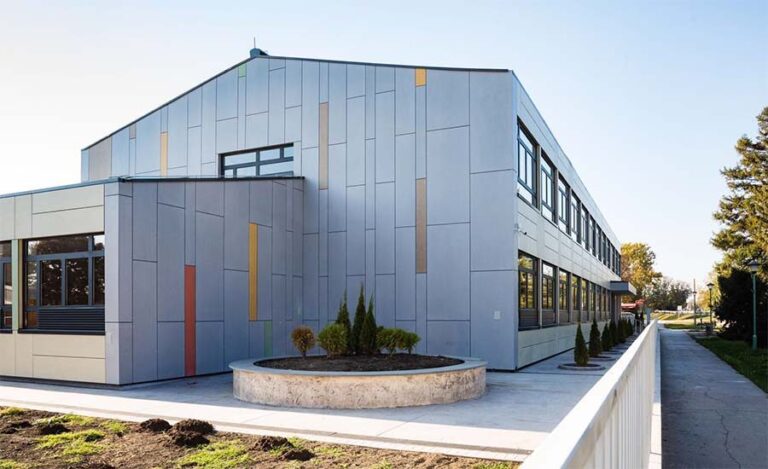From Sensationalism to Subtlety: Why Starchitecture Lost Its Shine
The latest edition of “Architizer: The World’s Best Architecture” — a stunning, hardbound book celebrating the most inspiring contemporary architecture from around the globe — is now available. Order your copy today.
Have you noticed that you are getting less and less excited about those big, flashy buildings that used to make your jaw drop? You probably think it’s just you—– getting old, tired and replacing your once dreamer personality with a practical mindset. But guess what? It’s not just you. In fact, the entire architecture world has experienced this shift.
Despite our love-hate relationship with starchitecture (don’t even try to deny it!), we all have to admit that it did bring some unforgettable structures that changed the pace of the design world forever. That being said, the industry right now is striving towards something different. More specifically, it is focused on ensuring that the drawbacks that came with sensationalistic design are strategically avoided. (Think more sustainable, context-aware buildings and less showy, impractical monuments).
Buckle up as we dive into the notable moments that marked the rise and fall of starchitecture and the significant milestones that have brought us to the current movement toward sustainable architecture.
A Star(chitect) Was Born: The Evolution of the Phenomenon
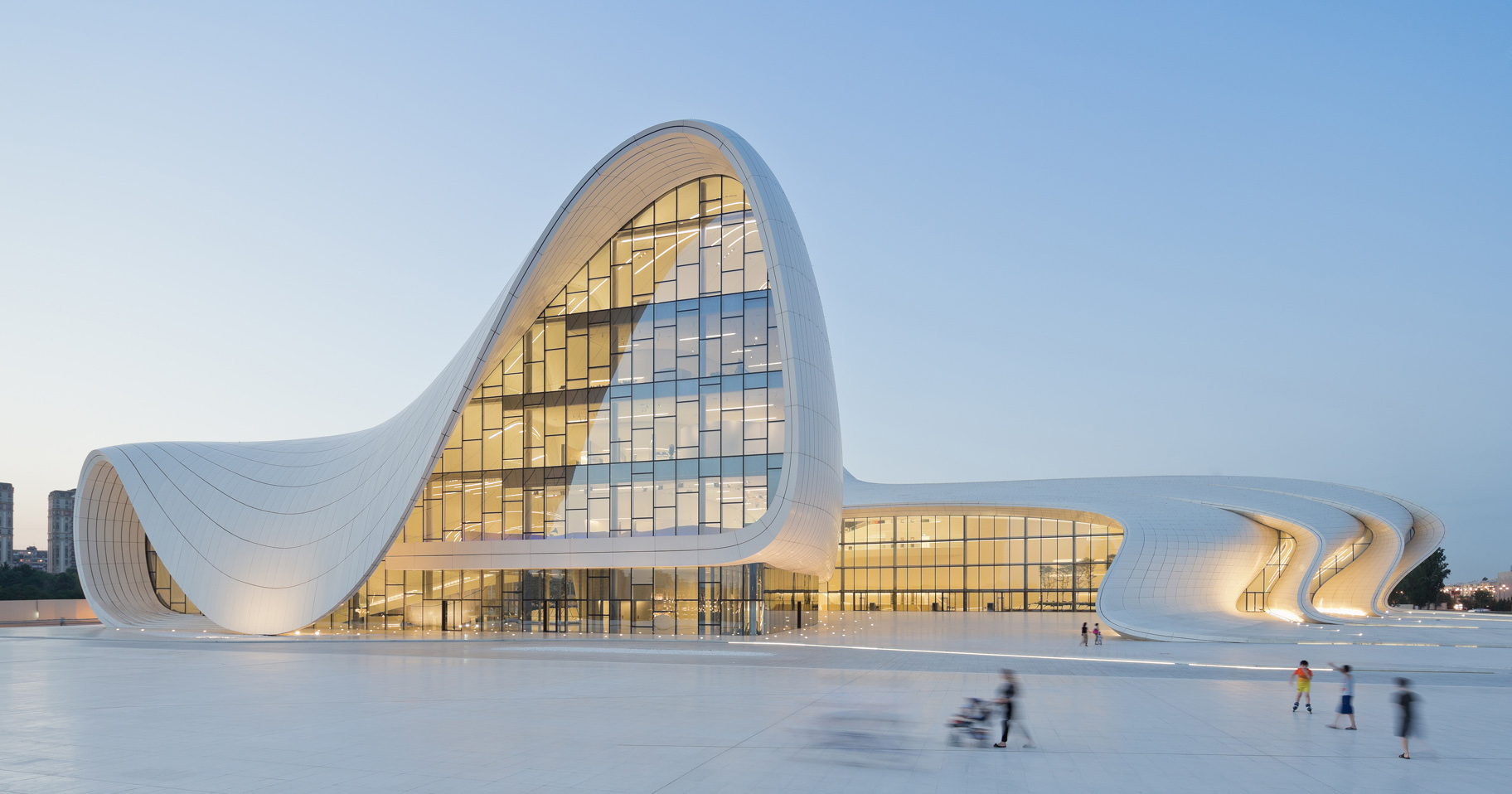
Heydar Aliyev Center by Zaha Hadid Architects, Baku, Azerbaijan
In the late 20th century, a new breed of architects emerged as celebrities in their own right. Starchitects caught the world by storm with bold, innovative and eye-catching designs. They weren’t just designing buildings; they were creating spectacles that put cities and architects on the global map. In fact, the origins of starchitecture can be traced back to a desire for cities to stand out with iconic structures that would draw tourists, boost real estate values and serve as cultural landmarks. It was an era where architecture became a form of branding and starchitecture was the vehicle for sensationalizing a place.
How Starchitecture Transformed the Industry
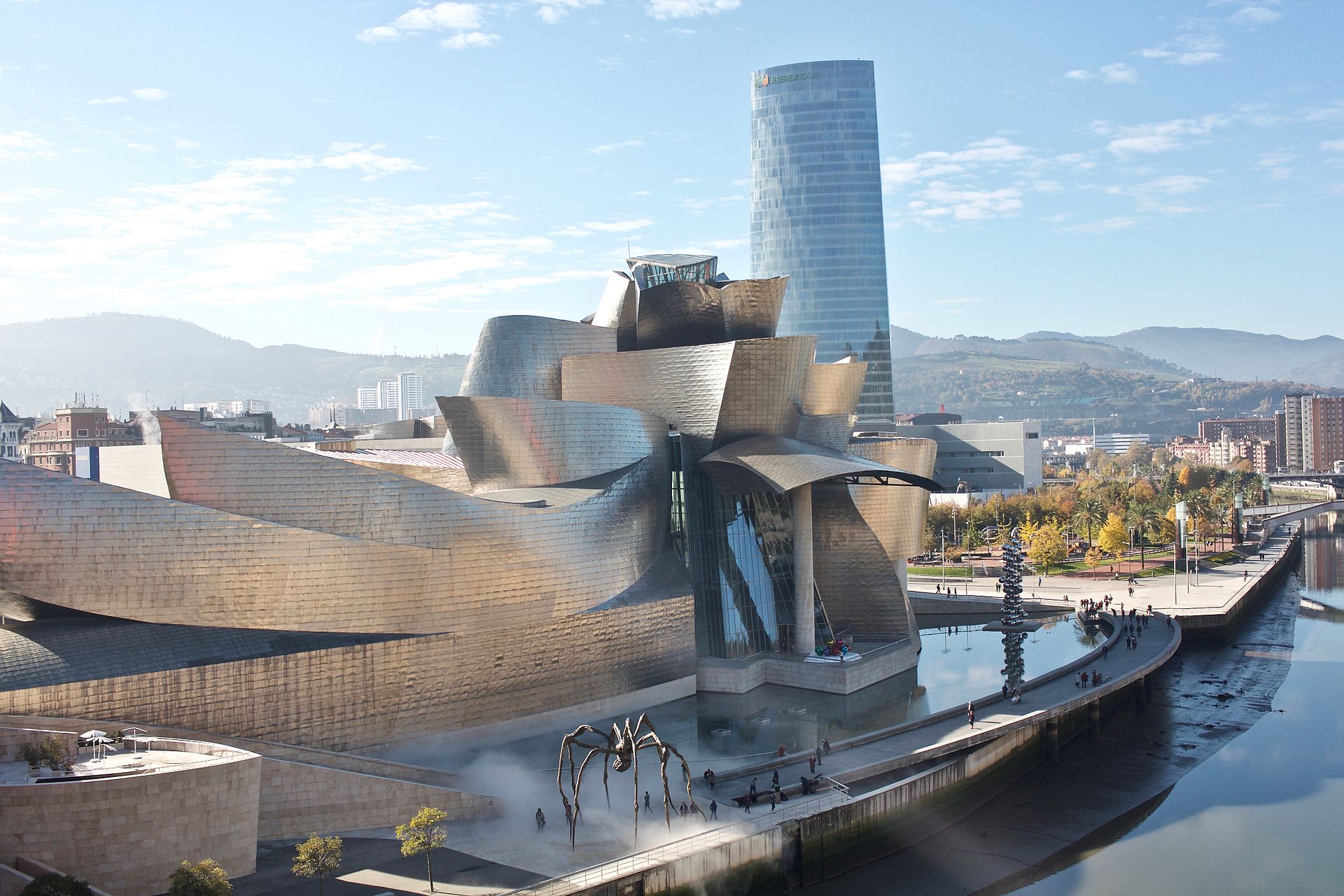
Naotake Murayama from San Francisco, CA, USA, Museo Guggenheim, Bilbao (31273245344), CC BY 2.0
Despite the criticism it sometimes faced, starchitecture brought a wave of positive impacts that cannot be ignored. Economically, these iconic buildings spurred tourism and increased real estate values. Cities that hosted these masterpieces found themselves on the global stage. Frank Gehry’s Guggenheim Museum in Bilbao is a prime example. Its innovative design not only contributed to the rejuvenation of the city’s economy but also helped to turn Bilbao into a must-visit destination.
Similarly, Zaha Hadid’s Heydar Aliyev Center in Baku became a cultural landmark, pushing the boundaries of architectural design with its fluid, futuristic form. These buildings showcased what was possible when creativity knew no bounds, inspiring a generation of architects to think outside the box. It also spurred creative exploration into emerging technologies, pushing architects to think bigger and bolder.
The Drawbacks of Exceptionalism
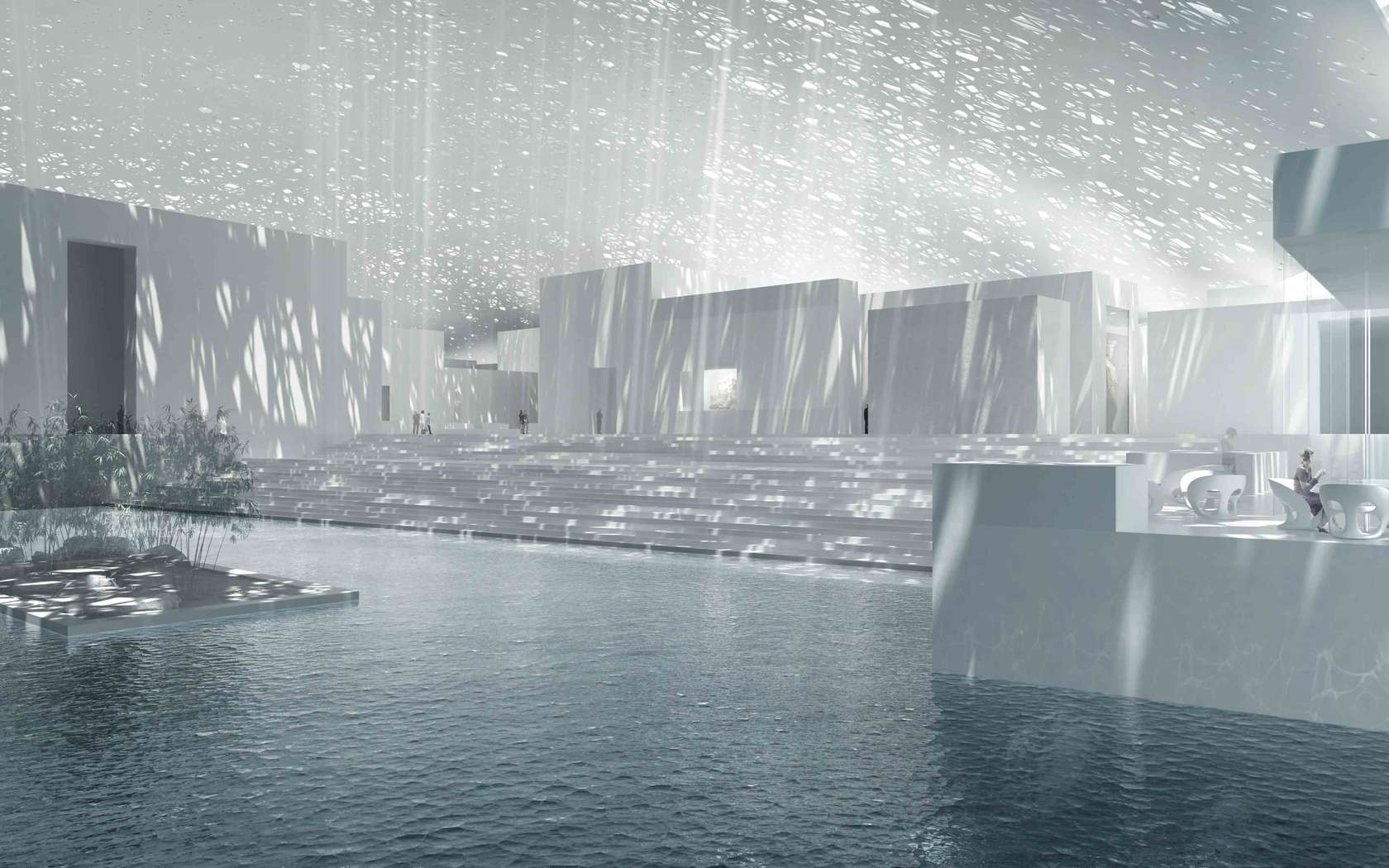
Louvre Abu Dhabi by Ateliers Jean Nouvel, Abu Dhabi, United Arab Emirates
However, the shine of starchitecture began to fade as its drawbacks became more apparent. One of the main criticisms was the high cost of construction and maintenance. These buildings were expensive to build, often requiring unique materials and complex construction techniques. For example, Gehry’s Walt Disney Concert Hall in Los Angeles faced budget overruns and construction delays, highlighting the financial strain such projects could place on cities and investors.
Practical issues also came to light, with functionality often sacrificed for aesthetic appeal. While these structures were visually stunning, they sometimes failed to meet the practical needs of their users. The Louvre Abu Dhabi by Jean Nouvel, for instance, faced criticism for its complex roof design that, while beautiful, created challenges in maintaining the interior environment.
Environmental impact remains another significant concern. The resource-intensive designs and materials used in starchitecture projects often lacked sustainability considerations. This became increasingly problematic as the world started to focus more on environmental responsibility. The Burj Khalifa in Dubai, while an engineering marvel, epitomizes this issue with its enormous energy consumption and carbon footprint.
A Lasting Industry-Wide Impact
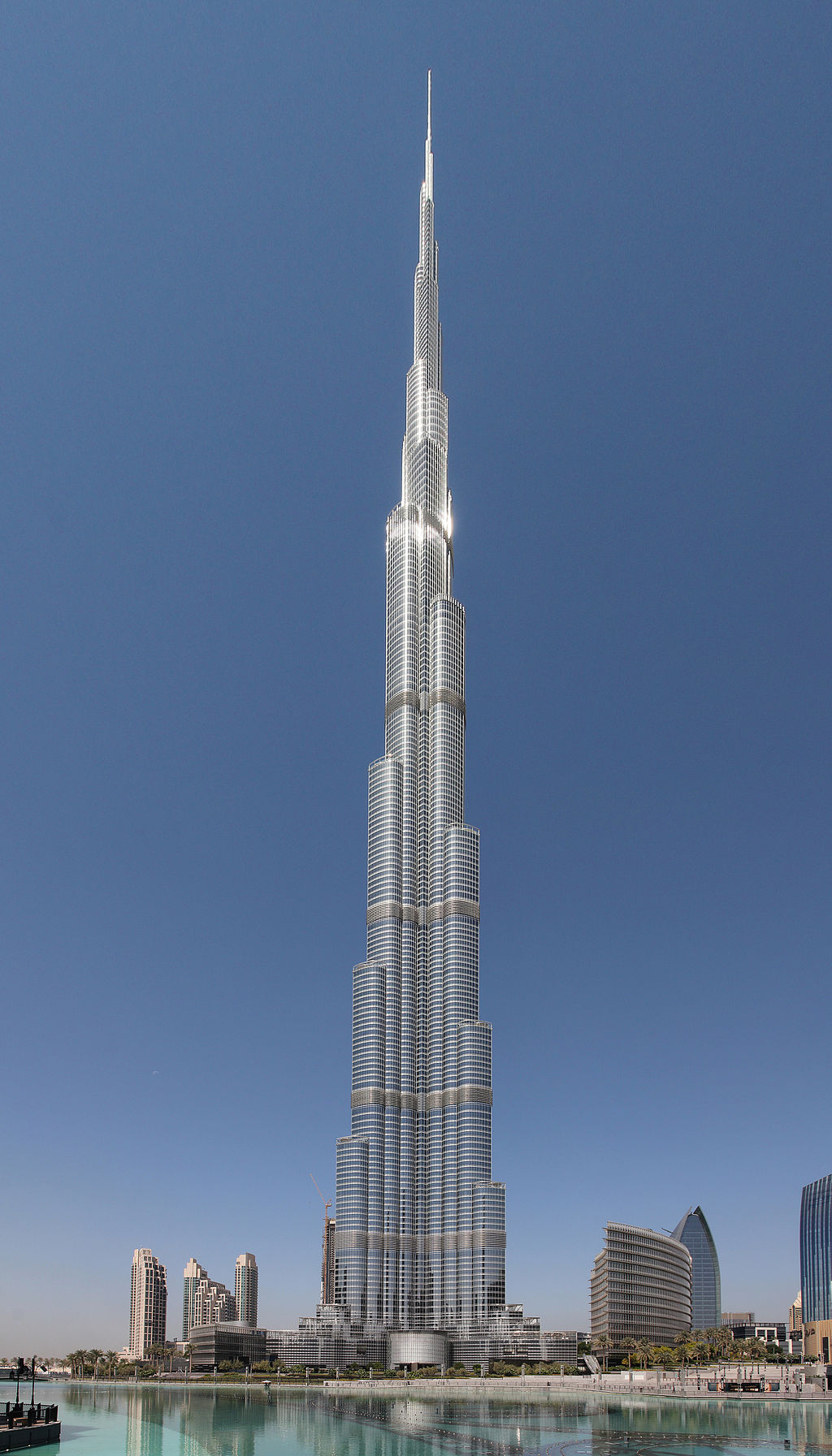
Donaldytong, Burj Khalifa, CC BY-SA 3.0
These trends and criticisms of starchitecture were not limited to the high-profile projects of celebrity architects. Everyday architecture also felt the influence of this movement, leading to widespread changes in design and construction practices. Many architects, inspired by the bold aesthetics and ambitious engineering of starchitects, began incorporating similar elements into their projects, often without the same level of resources or expertise. This sometimes resulted in buildings that were costly, impractical and not environmentally friendly.
The widespread adoption of starchitecture principles in everyday projects also led to a homogenization of architectural styles, where unique, context-specific designs became rarer. Cities worldwide began to feature similar-looking iconic buildings, reducing the cultural and historical diversity of urban landscapes.
As it was becoming more and more evident that these drawbacks are becoming too problematic for the future of the industry, a shift began to occur, moving towards more sustainable and practical designs. As a result, we started seeing a lot more projects that prioritized environmental responsibility, functionality and local context, marking a departure from the sensationalism that had defined starchitecture.
A New Era of Sustainable Design
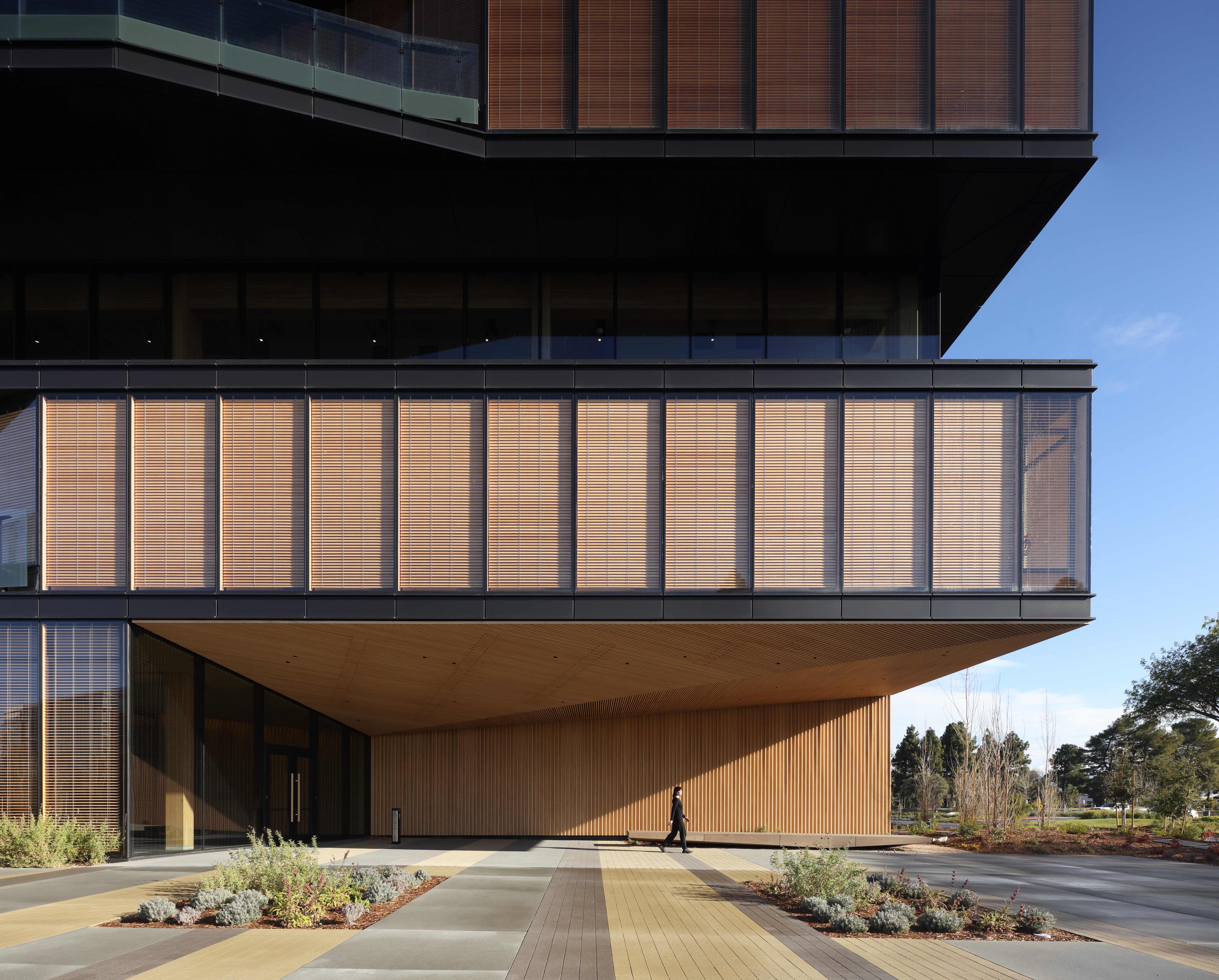
Google Borregas by MGA | MICHAEL GREEN ARCHITECTURE, Sunnyvale, California | 12th Annual A+Awards Jury and Popular Choice Winner, Architecture +Workspace, Jury Winner, Architecture +Wood
Today’s headlines make it clear that contemporary architecture is far more than just visually impressive. These buildings capture attention with their high-quality design, impeccable material choices and thoughtful integration into their surroundings. Firms like Olson Kundig and Michael Green Architecture are making waves by creating spaces that are not only aesthetically pleasing but also highly functional while reaching new sustainbility goals.
But the shift from starchitecture to green architecture didn’t happen overnight. It was driven by a combination of societal changes, environmental concerns and advancements in technology. As the drawbacks of starchitecture became more apparent, the industry began to embrace a new set of priorities that would shape the future of design, with visually sensational buildings taking a backseat to contextually harmonious and technically impressive designs.
Striving Towards Net Zero
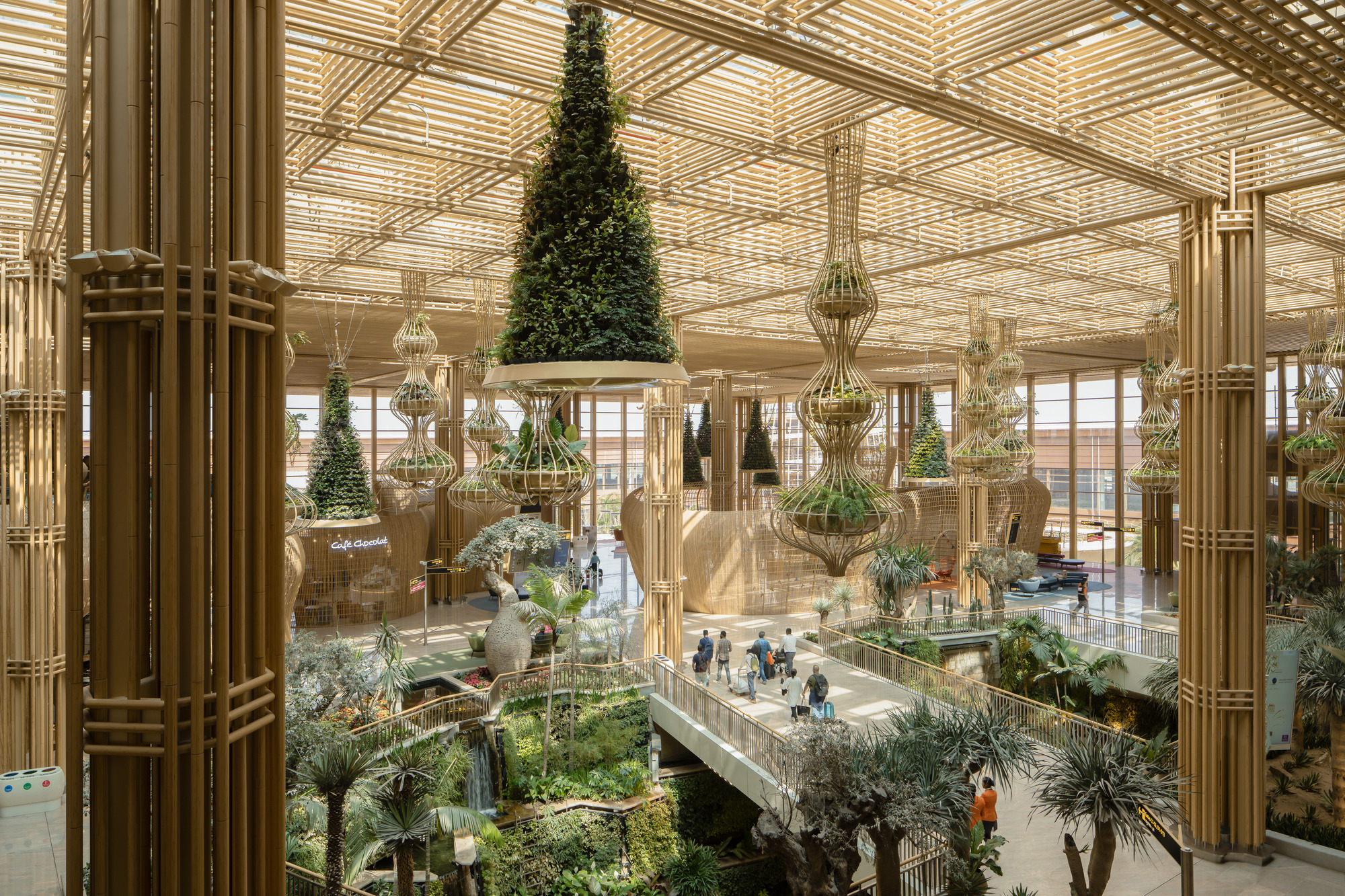
Kempegowda International Airport, Bengaluru — Terminal 2 by Skidmore, Owings & Merrill (SOM), Bengaluru, India | 12th Annual A+Awards, Jury & Popular Choice Winner, Sustainable Transportation Project
First and foremost, architects can no longer ignore the planet’s health. Climate change, resource depletion and pollution are pushing the industry towards greener practices, placing more emphasis on these credentials than on flashy scenographics or iconic forms.
Sensationalistic designs often overlook these crucial aspects, focusing more on visual impact than environmental responsibility. To achieve a “wow” effect, such designs frequently use materials irresponsibly and neglect principles like net-zero energy. This results in buildings that might be stunning to look at but fail to meet the critical sustainability criteria that are now essential in modern architecture.
Indeed, people now expect buildings that minimize energy use, reduce waste and utilize renewable resources. This includes features like solar panels, rainwater harvesting, green roofs and energy-efficient systems. Yet, incorporating these types of considerations is also pushing architects to develop new architectural languages whose expressions are the hallmark of the post-starchitect era.
Going Local with Plans, Materials and Builders
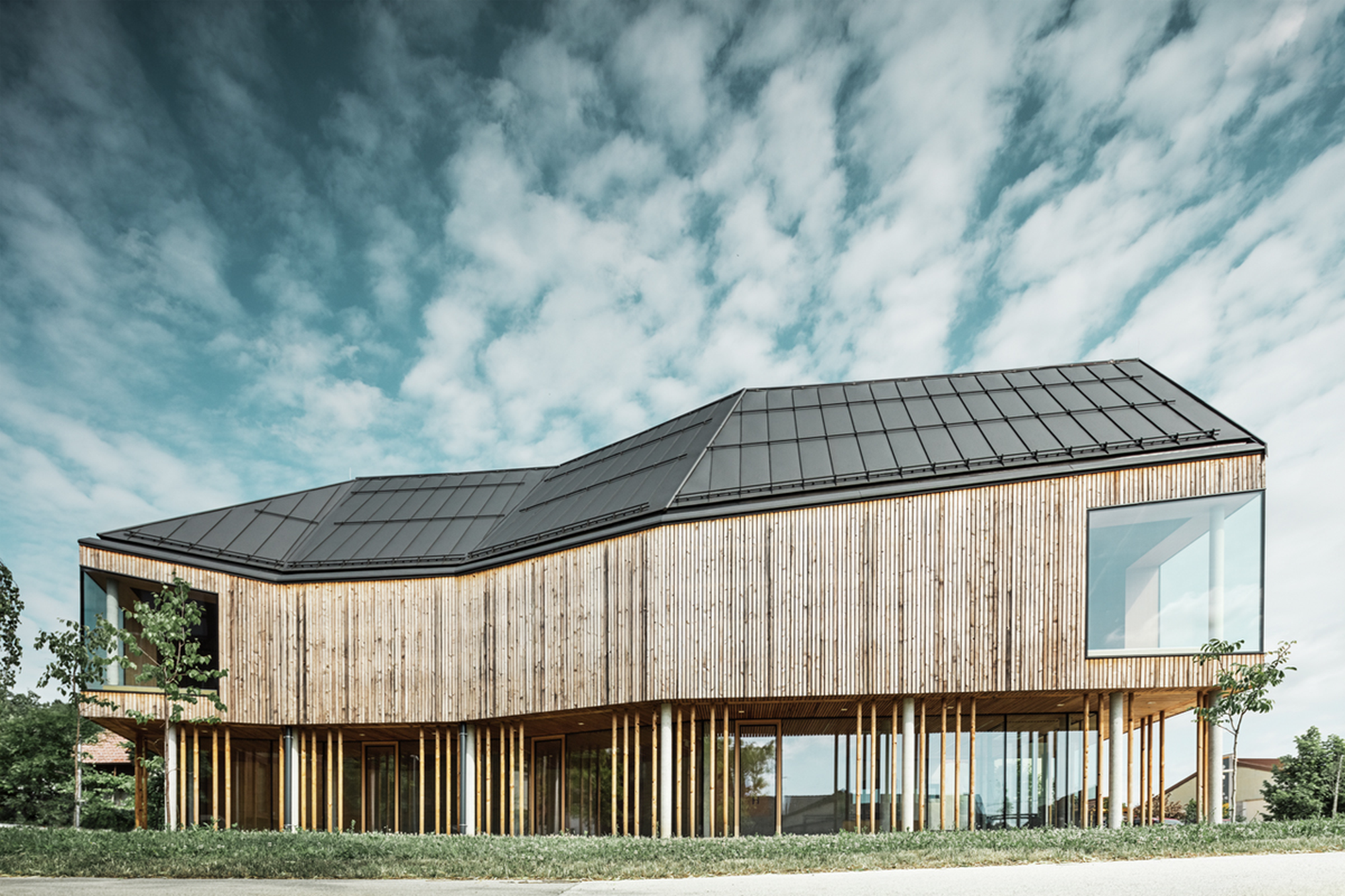
Interpretation Center of Biodiversity and Pile Dwellings in the Ljubljana Marsh Nature Park by Atelje Ostan Pavlin, Ljubljana, Slovenia | 12th Annual A+Awards, Popular Choice Winner, Sustainable Cultural Building
In our globalized world, there’s a renewed appreciation for local cultures and traditions. This isn’t just nostalgia; it’s about preserving the identity of a place. Contextualism emphasizes designing buildings that harmonize with their surroundings using local materials and traditional techniques.
Sensationalistic architecture, on the other hand, often aims to stand out dramatically, leading to the use of out-of-context materials and construction practices that ignore local traditions and vernacular. While these buildings may capture attention, they often fail to resonate with the local culture and landscape, missing an opportunity to enhance and celebrate the unique characteristics of their setting.
But First, Improvise, Adapt, Preserve

The Refinery at Domino by Practice for Architecture & Urbanism | PAU, Brooklyn, New York | 12th Annual A+Awards, Jury & Popular Choice Winner, Commercial & Adaptive Reuse Projects
Adaptive reuse is another significant trend, repurposing existing buildings for new uses and preserving historical structures. This approach conserves resources and maintains the cultural fabric of cities, reducing urban sprawl and carbon footprints. Sensationalistic designs, however, frequently involve entirely new constructions, neglecting the potential and sustainability of existing structures.
Tech and Certifications
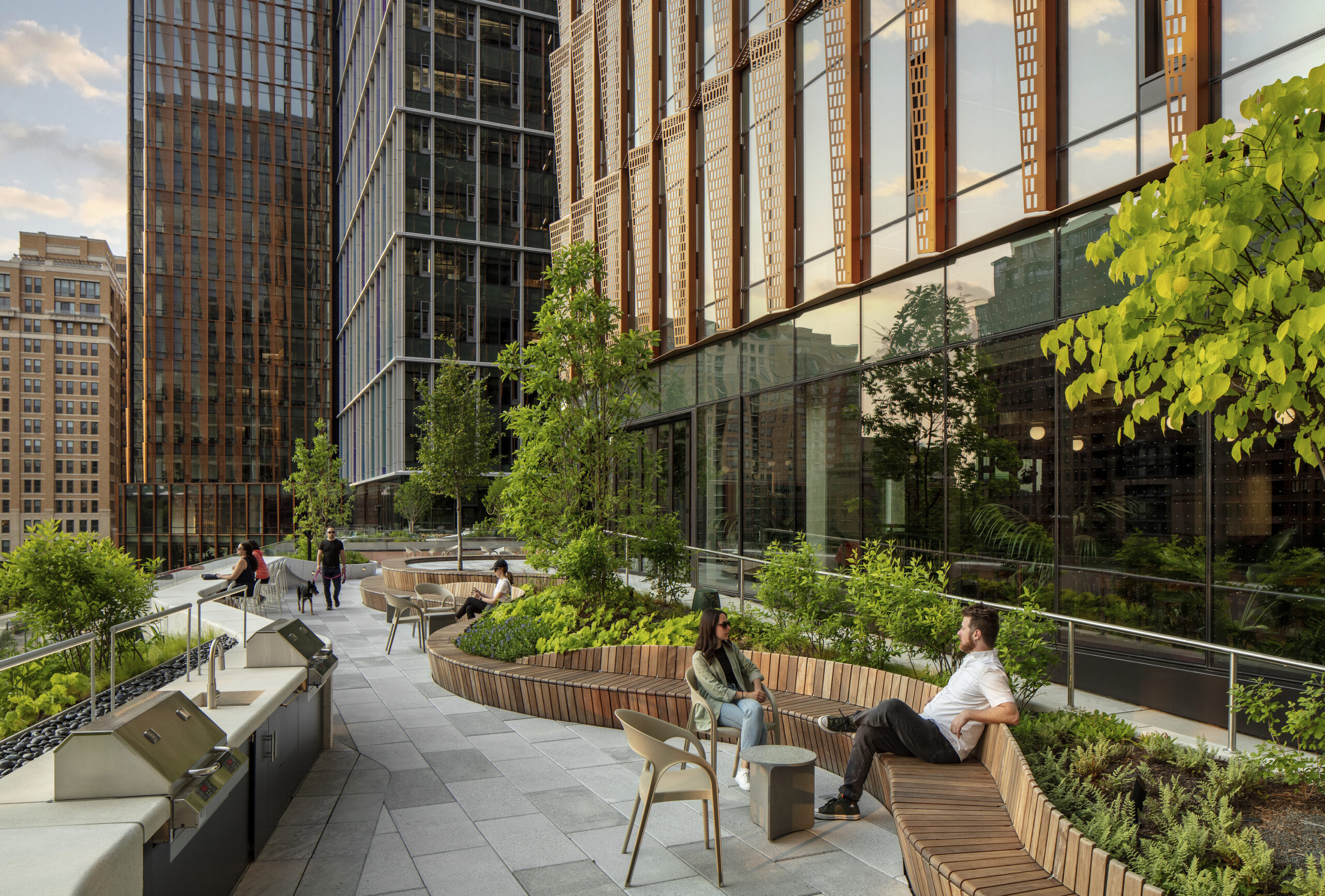
Amazon HQ2 at Metropolitan Park by ZGF Architects, Arlington, Virginia | 12th Annual A+Awards, Sustainable Commercial Building
Technological advancements and certifications have played a crucial role in this new movement. Certifications like LEED, BREEAM and WELL set high environmental and health standards, driving architects to prioritize sustainability. Advanced construction techniques, such as prefabrication, modular construction and 3D printing, make buildings more efficient and less wasteful. Tools like BIM allow for better planning and management. In contrast, the highly bespoke, one-off, custom elements of starchitecture projects often lead to inefficiencies and increased waste, failing to meet these evolving standards.
What Does the Future Hold?
As we move further into the 21st century, the focus on sustainable, high-quality and contextually relevant architecture will only grow stronger. While sensationalistic designs may still capture attention, they increasingly fall short of the industry’s new standards. The future lies in buildings that not only dazzle the eye but also serve the planet and its people effectively. To stay on the right track, architects must continue to innovate in sustainability and functionality, ensuring that their designs are as practical and environmentally friendly as they are beautiful. More often than not, following these values as a design compass results in an entirely different architectural expression, one rich in subtle details and contextual nuances.
The shift from sensationalism to sustainability represents a profound change in the architectural industry, one that promises a more responsible and thoughtful approach to building design. This is why democratic nature of Architizer’s A+Awards is so important; by opening the jury to voices worldwide, we amplify diverse voices, giving more architects a chance to be recognized and celebrated by diverse juries and broader audiences. Together, we can build a future where every innovative and sustainable idea has a chance to shine.
The latest edition of “Architizer: The World’s Best Architecture” — a stunning, hardbound book celebrating the most inspiring contemporary architecture from around the globe — is now available. Order your copy today.

